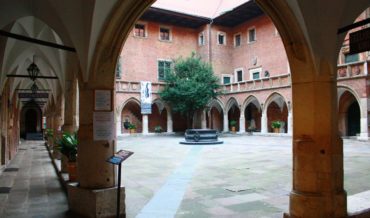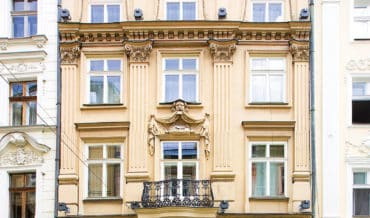Writer, translator, collector, patron of the arts. He was born in Sevres near Paris in 1875, died in Krakow in 1968. He came from a noble Polish-Parisian family, which in 1870 settled in the estate of Czakowy on the Nida River. Father – Zygmunt Pusłowski was a collector and bibliophile. He amassed a huge art collection and passed this passion on to his son. Ksawery studied law and philosophy in Krakow and Berlin, but he did not complete his studies. At the beginning of World War I, he was arrested by the Russians for suspicion of plotting with Austria. He was imprisoned in Butyrki in Moscow, where he lived to see the outbreak of the revolution. While waiting for his punishment, his friends stink through Feliks Dzierżyński, who visited him in his cell and released him. Later, Ksawery joined the Polish Army, became a major in the 8th Uhlan Regiment, and then fulfilled himself in various political and social fields. For some time he was an adjutant of Ignacy Paderewski, then he worked with the Allied representatives in Cieszyn Silesia and Upper Silesia. Then he worked in the adjutant of the President of the Republic of Poland, Stanisław Wojciechowski. In addition, he was excited about translations of foreign missions, he was the president of sports clubs and the head of the protocol of the president of Krakow, and even became a foreign language teacher at AGH in Krakow and the Jagiellonian University. He has published several volumes of poetry, eg “Castrum doloris“.
He turned his palace into a museum full of paintings, books and antique objects. He decided to hand over this heritage to the Jagiellonian University and the National Museum

